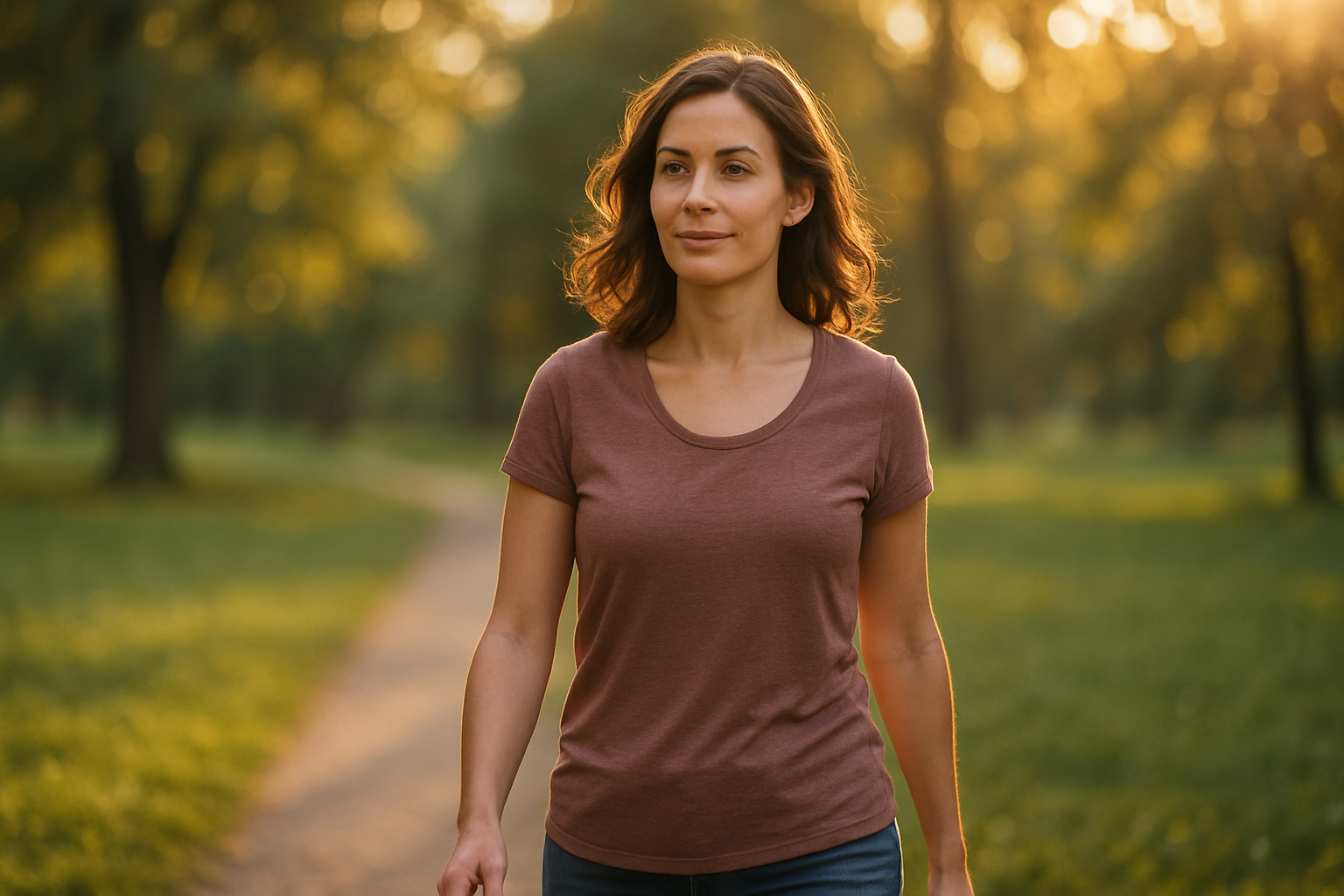
Artificial intelligence today can create images that look like real photographs. Whether it’s product shots, portraits, landscapes, or marketing visuals – generators like Midjourney, DALL·E 3, Leonardo AI, or Firefly can handle almost anything.
But the question is: how to create a photo that truly looks realistic?
In this article, we’ll look at specific techniques for writing quality prompts, which tools to use, what the limits of AI are – and why professional photographers still matter.
What Makes an AI Photo Look Realistic
The quality of the result depends mainly on the prompt – the text instruction given to the AI.
A good prompt must be specific, realistic, and visually descriptive.
📌 For example, instead of:
“woman in park”
🟢 write:
“photo of a woman in her 30s walking in a park, golden hour sunlight, shot on 85mm lens, shallow depth of field, natural colors, realistic skin texture”
How to Write Prompts for Realistic Photos
The basic structure of a prompt for realistic photography:
[Type of shot] + [main subject] + [lighting] + [camera style] + [environment details] + [quality parameters]
Example:
“portrait of an elderly man sitting in a café by the window, natural daylight, Leica 50mm lens, cinematic look, bokeh background, high resolution, photo-realistic style”
💡 Tip: For realistic results, use keywords such as:
- photo-realistic, depth of field, DSLR, realistic lighting, lens flare, shot on film, 35mm lens, ISO 400
Best AI Tools for Realistic Photos
🧠 Midjourney v6+
- Excellent for portraits, product, and fashion photography.
- Use parameters such as
--ar 3:2,--style raw,--v 6.
🎨 DALL·E 3 (OpenAI)
- Perfect for realistic environments, human expressions, and natural color tones.
- Advantage: produces a more natural “photo look” without excessive effects.
⚡ Leonardo AI
- Offers models for different styles (realistic, cinematic, macro).
- Allows fine-tuning of details, textures, and lighting.
🪄 Adobe Firefly / Photoshop AI
- Ideal for enhancing existing photos (extending backgrounds, fixing details, adding elements).
- Outputs are licensable – suitable for commercial use.
Most Common Mistakes When Generating Photos
- ❌ Too generic prompt – AI creates unrealistic proportions or objects.
- ❌ Lack of light and depth – without proper lighting, photos look flat.
- ❌ Inconsistent details – fingers, jewelry, skin texture (AI still gets these wrong sometimes).
- ❌ Wrong aspect ratio – always define
--ar 3:2or--ar 16:9.
AI vs. Professional Photographer
AI can quickly create visuals for concepts, presentations, or marketing.
But professional photography still has something AI cannot replicate:
- 🎯 Emotion and authenticity – capturing a real moment that can’t be faked.
- 🧠 Creative intent – a photographer knows why they take a photo, AI just reacts.
- 💡 Consistent style – maintaining lighting, tone, and expression across a photo series.
- 📷 Legal certainty – AI-generated content can have unclear licensing issues.
📸 Recommendation:
Use AI for concepts, mood boards, and inspiration.
But for final campaigns, portraits, or important projects, trust a professional.
Integrating Infiry into Your Workflow
Whether you generate photos using AI or take them yourself, Infiry helps you keep all visuals organized, secure, and professional.
Infiry can:
- 📂 Store both real and AI-generated photos in one place.
- 🏷 Add keywords, descriptions, and labels (“AI”, “photo”, “concept”).
- 🔎 Search by color, content, keywords, or author.
- ☁️ Share photo collections with clients or teams via secure links.
- 🧠 Use AI to generate descriptions and tags for faster organization.
👉 Try Infiry for free – the ideal place to store and manage both real and AI-created photos.
Tags:
- AI photo generation
- AI prompts
- AI vs photographer
- cloud storage for photographers
- DALL·E 3 realistic photos
- how to create realistic images
- how to prompt Midjourney
- Infiry AI photo management
- Leonardo AI
- photo generation 2025
- realistic AI images
- working with AI visuals
